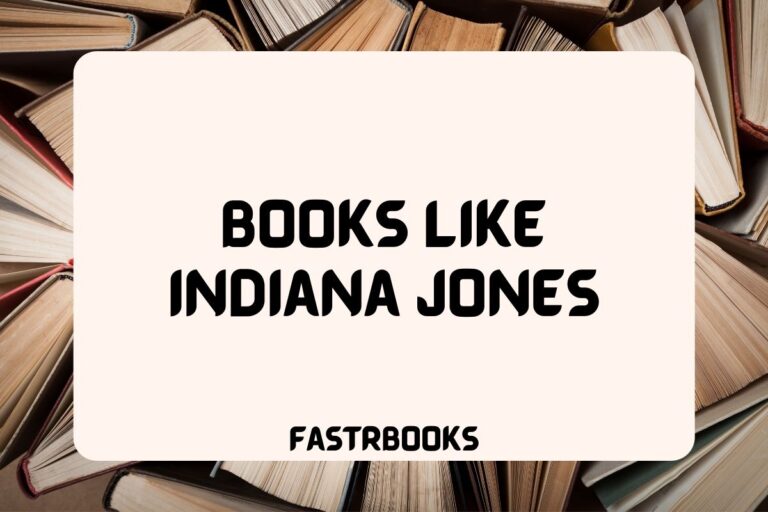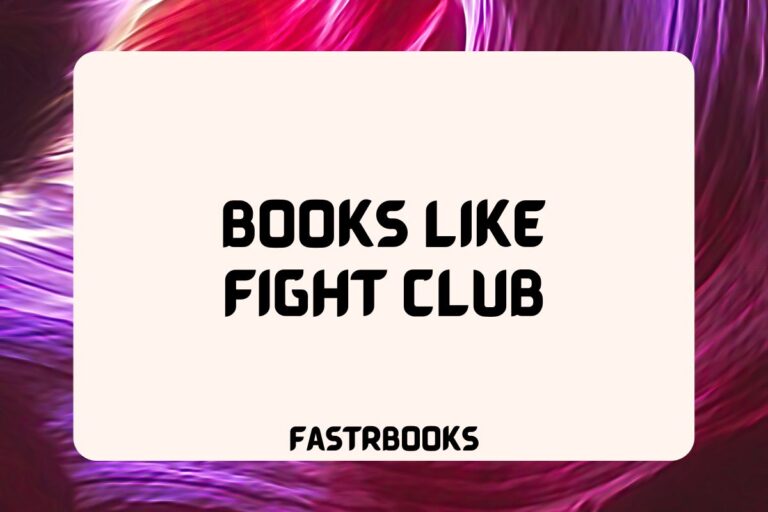11 Books Like The Kite Runner

Haunting flashbacks, enduring friendships, and the weight of the past – if Khaled Hosseini’s “The Kite Runner” resonated with you, then buckle up!
This list dives deep into these captivating novels that echo similar themes of cultural exploration, the complexities of relationships, and the enduring power of the choices we make.
Grab a cup of chai, curl up under a comforting blanket, and prepare to embark on journeys that will stay with you long after the last page is turned.
Books Like The Kite Runner
1. A Thousand Splendid Suns by Khaled Hosseini
This novel, also by Khaled Hosseini, is set in Afghanistan, spanning from the Soviet invasion to post-Taliban rebuilding.
It tells the story of two women, Mariam and Laila, who, despite their different backgrounds and initial animosity, form a bond that becomes as deep as a mother-daughter relationship. Their story is a powerful narrative about love, hardship, and the struggle for freedom in a war-torn country.
Major Similarities:
Like “The Kite Runner,” “A Thousand Splendid Suns” is written by Khaled Hosseini and shares a deep connection to Afghan culture and history, exploring themes of friendship, family, and the effects of war.
Both novels offer a poignant look at the personal lives affected by the political upheavals of Afghanistan, highlighting the strength and resilience of its people.
2. The Book Thief by Markus Zusak
Set in Nazi Germany, “The Book Thief” follows Liesel Meminger, a young girl who finds solace by stealing books and sharing them with others. In the small town where she lives, Liesel’s foster parents hide a Jewish fighter in their basement, a secret that could have deadly consequences.
The story is narrated by Death, who provides a unique perspective on the human condition and the beauty found in moments of darkness.
Major Similarities:
“The Book Thief” shares with “The Kite Runner” a backdrop of historical conflict, which deeply influences the characters’ lives and development.
Both novels explore themes of friendship, loss, and redemption, and both use a unique narrative perspective to delve into the impact of war on civilians, especially children.
3. The Shadow of the Wind by Carlos Ruiz Zafón
This novel is the first in “The Cemetery of Forgotten Books” series. Set in post-Spanish Civil War Barcelona, it follows a young boy named Daniel who, after discovering a book by an obscure author, sets out on a quest that leads him into a tale of mystery, love, and revenge that stretches back decades.
The book is a homage to literature, weaving together various narratives that blend reality with the fantastical.
Major Similarities:
Like “The Kite Runner,” “The Shadow of the Wind” combines a gripping personal story with the backdrop of historical events. Both novels are deeply immersed in the culture of their settings and explore the impact of past secrets on the present.
Themes of friendship, betrayal, and the redemptive power of storytelling are central to both stories.
4. The God of Small Things by Arundhati Roy
Arundhati Roy’s debut novel is a family drama set in Kerala, India, that moves non-linearly through time to explore how small events affect lives and how personal failures and successes are woven into the political backdrop of the country.
The story focuses on twins Rahel and Estha and their complex family dynamics, touched by tragedy, forbidden love, and societal taboos.
Major Similarities:
Both “The Kite Runner” and “The God of Small Things” delve into the complexities of family relationships against a backdrop of political turmoil.
They share themes of childhood innocence, the loss of innocence, and the lasting impact of past events on the characters’ lives. Additionally, both novels beautifully capture the essence of their cultural settings, offering readers a deep emotional and sensory experience.
5. Snow Falling on Cedars by David Guterson
Set on an island in Puget Sound in the 1950s, this novel revolves around the trial of Kabuo Miyamoto, a Japanese American accused of murdering a fellow fisherman.
Through the trial, the story delves into the community’s deep-seated prejudices and the lingering effects of internment camps on Japanese American families. It’s a tale of love, justice, and the memories that haunt the island’s inhabitants.
Major Similarities:
“Snow Falling on Cedars” shares with “The Kite Runner” a focus on themes of racial prejudice, love, and the quest for justice, set against a backdrop of historical conflict.
Both novels skillfully use a specific event or trial to explore broader societal issues, and both are deeply evocative in their settings, creating a strong sense of place and time that enriches the narrative.
6. Purple Hibiscus by Chimamanda Ngozi Adichie
“Purple Hibiscus” is set in Nigeria and narrates the story of Kambili, a 15-year-old girl living in a household dominated by her father’s strict Catholic doctrines and high expectations.
The narrative unfolds as Kambili and her brother are sent to their aunt’s more liberal and loving home, where they are introduced to a world of freedom and critical thought, challenging their perceptions and sparking a journey of self-discovery.
Major Similarities:
Like “The Kite Runner,” “Purple Hibiscus” explores themes of familial relationships, religious and political tensions, and the journey from oppression to self-discovery.
Both novels are coming-of-age stories set against turbulent political backdrops, offering deep insights into the protagonists’ cultures and the impact of political events on personal lives.
7. Half of a Yellow Sun by Chimamanda Ngozi Adichie
This novel takes place before and during the Nigerian Civil War, focusing on the lives of three characters: a houseboy, a university professor, and a British expatriate.
Through their intertwined stories, the book paints a vivid picture of the struggle for Nigeria’s independence, the impact of colonialism, and the human cost of war. It is a powerful exploration of love, betrayal, and the hope for redemption.
Major Similarities:
“Half of a Yellow Sun” shares with “The Kite Runner” the setting of a country on the brink of and in the midst of conflict, exploring the effects of these tensions on its characters’ lives.
Both novels delve into themes of love, family, and the sacrifices made for both, against a backdrop of historical and political upheaval.
8. The Alchemist by Paulo Coelho
“The Alchemist” follows the journey of a young Andalusian shepherd named Santiago who dreams of finding a worldly treasure located somewhere in the Egyptian desert.
The story is a metaphorical exploration of finding one’s own path in life, listening to one’s heart, recognizing opportunity, and learning to read the omens strewn along life’s path. This tale blends magic, mysticism, wisdom, and wonder into an inspiring tale of self-discovery.
Major Similarities:
Both “The Kite Runner” and “The Alchemist” are profound narratives about journeys—both physical and spiritual—that transform the protagonist’s understanding of their purpose and destiny.
They share themes of dreams, destiny, and the significance of the past in shaping the future. Each story is a blend of the personal and the universal, offering timeless lessons through the lens of individual experiences.
9. The Namesake by Jhumpa Lahiri
“The Namesake” explores the themes of identity, cultural assimilation, and the immigrant experience through the life of Gogol Ganguli, who is named after the Russian writer.
Born to Indian immigrants in the United States, Gogol struggles with his unusual name, his heritage, and his place between two cultures. Lahiri’s novel is a deeply moving tale of family, love, and the search for a sense of belonging.
Major Similarities:
Like “The Kite Runner,” “The Namesake” delves into the complexities of identity and the immigrant experience, exploring how background, culture, and personal history contribute to an individual’s sense of self.
Both novels feature protagonists navigating between two worlds, striving to reconcile their past with their present.
10. Bel Canto by Ann Patchett
Set in an unnamed South American country, “Bel Canto” revolves around a hostage crisis at a diplomatic party. The story explores the relationships that develop between hostages and captors, breaking down barriers of language, culture, and class.
Through this unique setup, Patchett examines themes of love, music, and the transformative power of unexpected connections.
Major Similarities:
“Bel Canto” and “The Kite Runner” share themes of love, redemption, and the unexpected paths that lead to personal growth and understanding. Both novels create a deep emotional resonance through their exploration of human connections that defy societal and cultural boundaries.
11. Cutting for Stone by Abraham Verghese
This epic novel tells the story of twin brothers born from a secret union between an Indian nun and a British surgeon in Ethiopia. Their story spans continents, reflecting on themes of family, medicine, and the ties that bind us.
The narrative explores the brothers’ divergent paths, their reunion, and the impact of their shared history on their present and future.
Major Similarities:
“Cutting for Stone” and “The Kite Runner” both offer rich, multilayered narratives that span years and continents, exploring the complexities of family ties and the impact of the past on the present.
Both novels are set against historical backdrops that significantly affect the characters’ lives and destinies, and each story is deeply infused with the culture and history of its setting.






